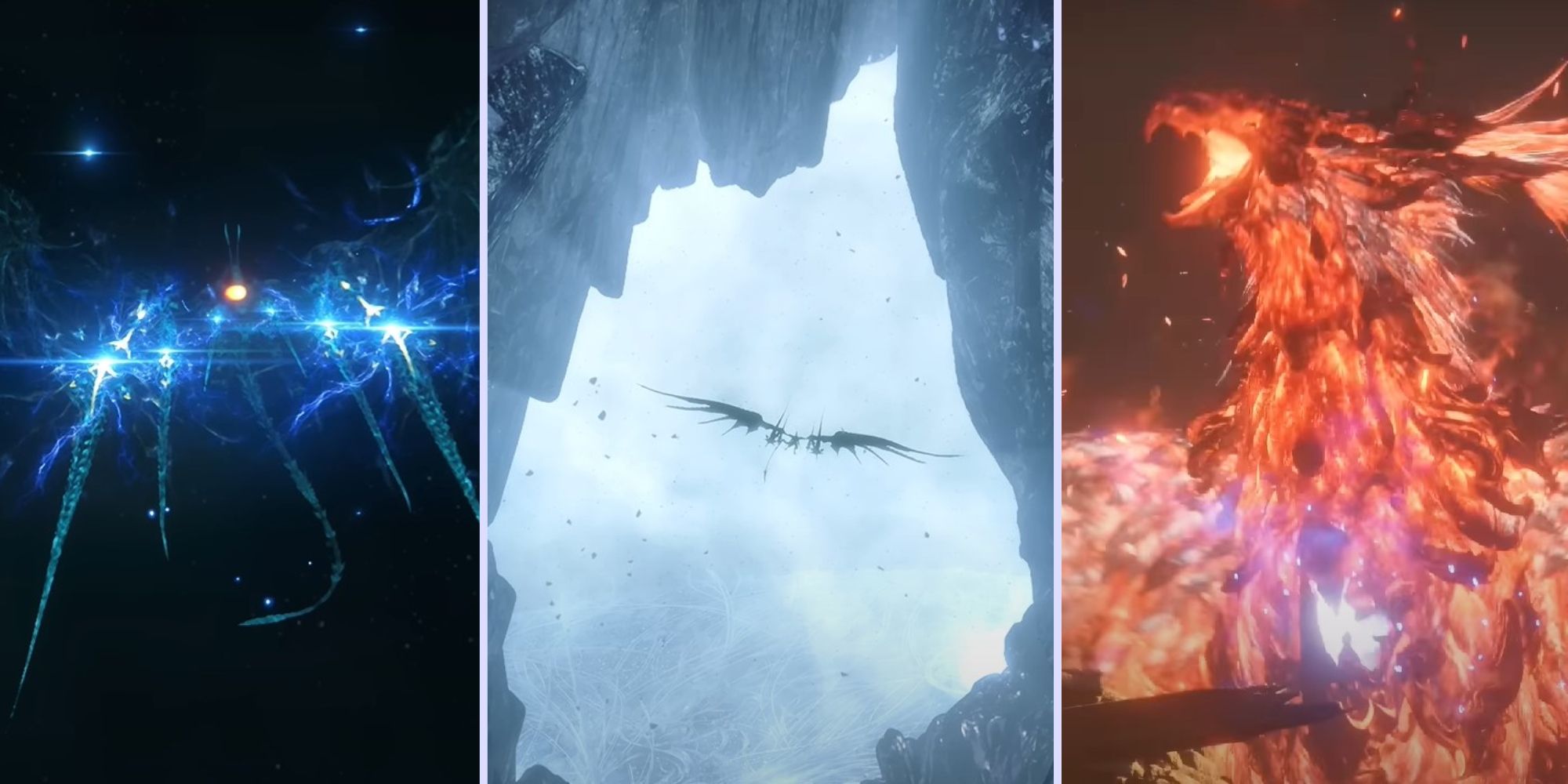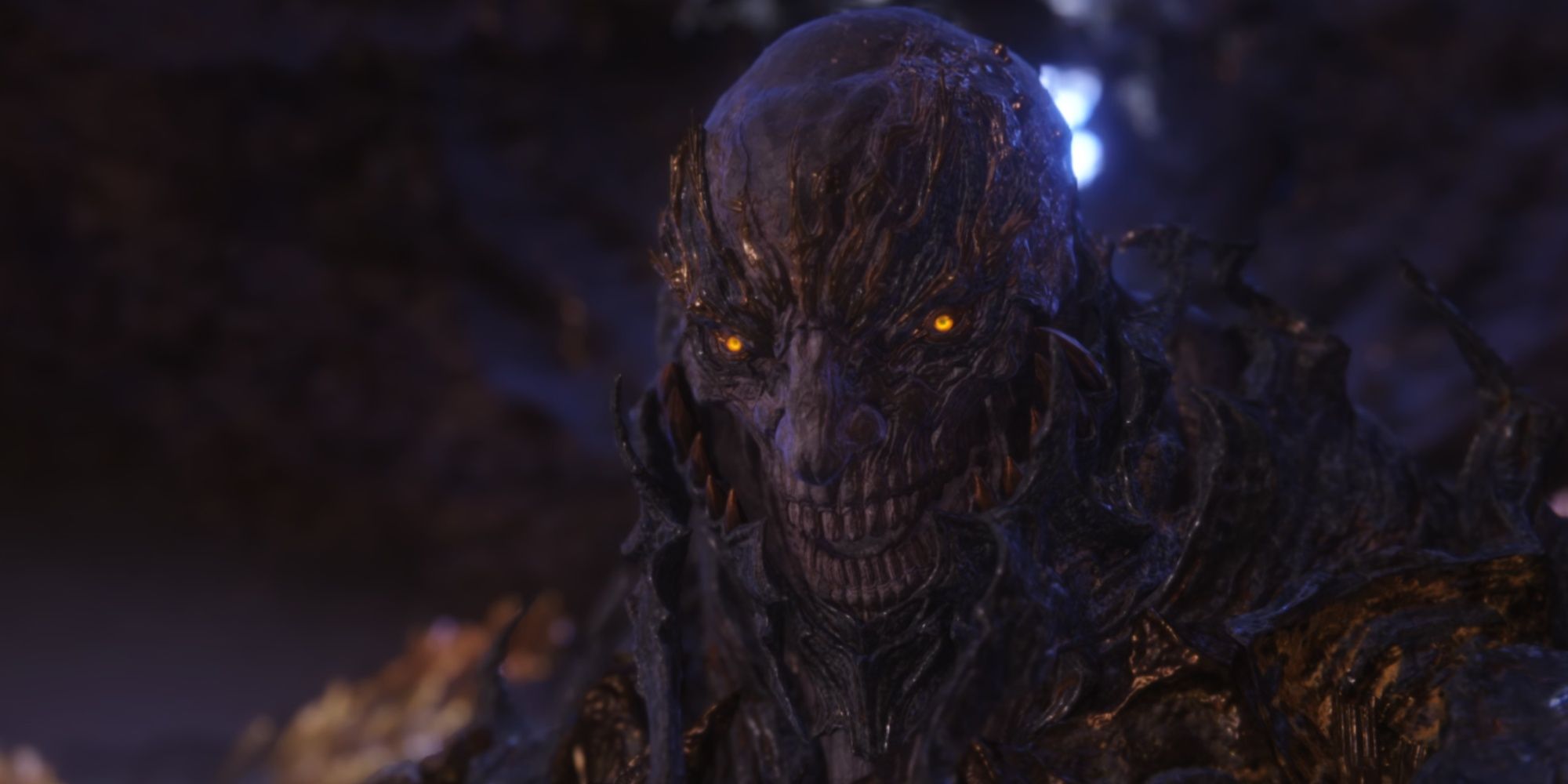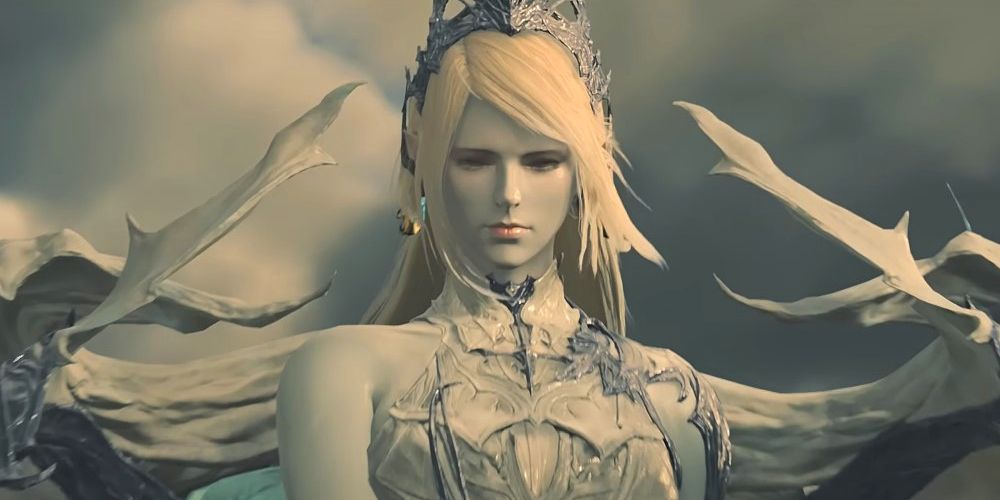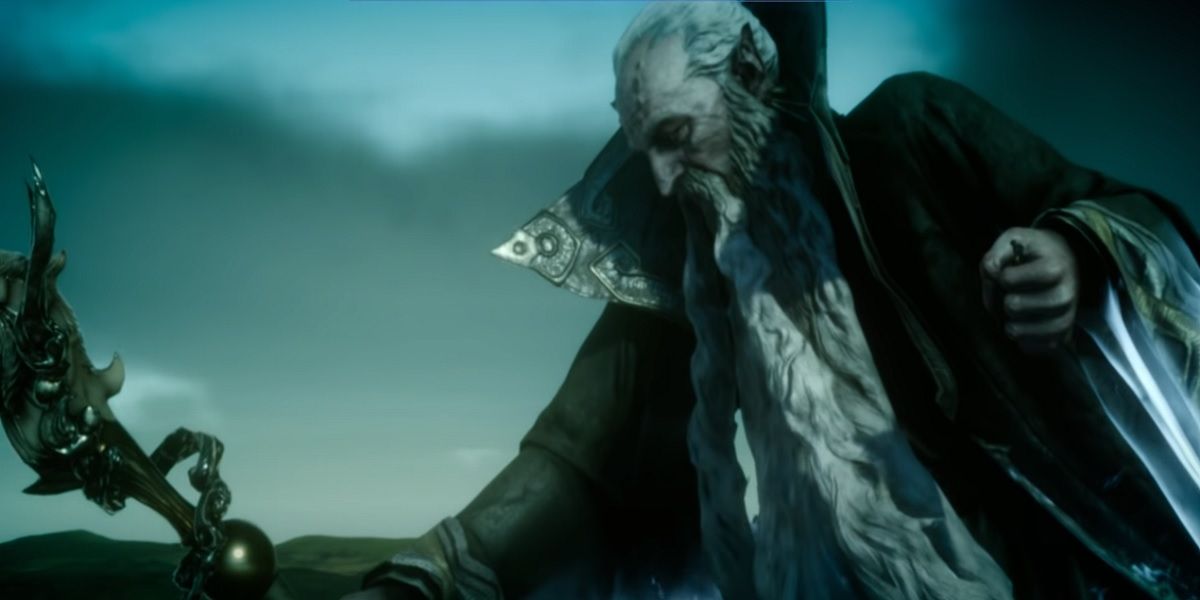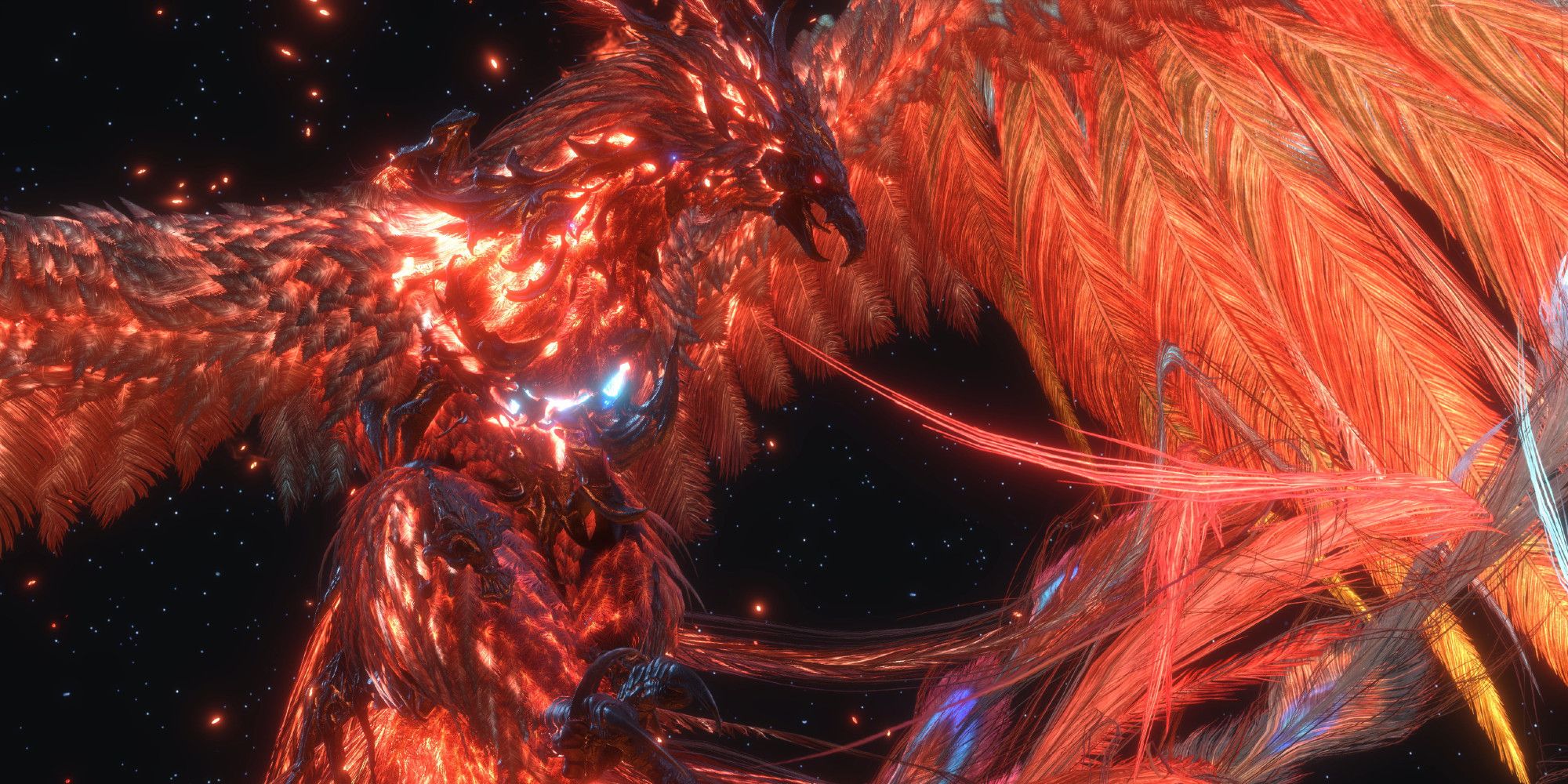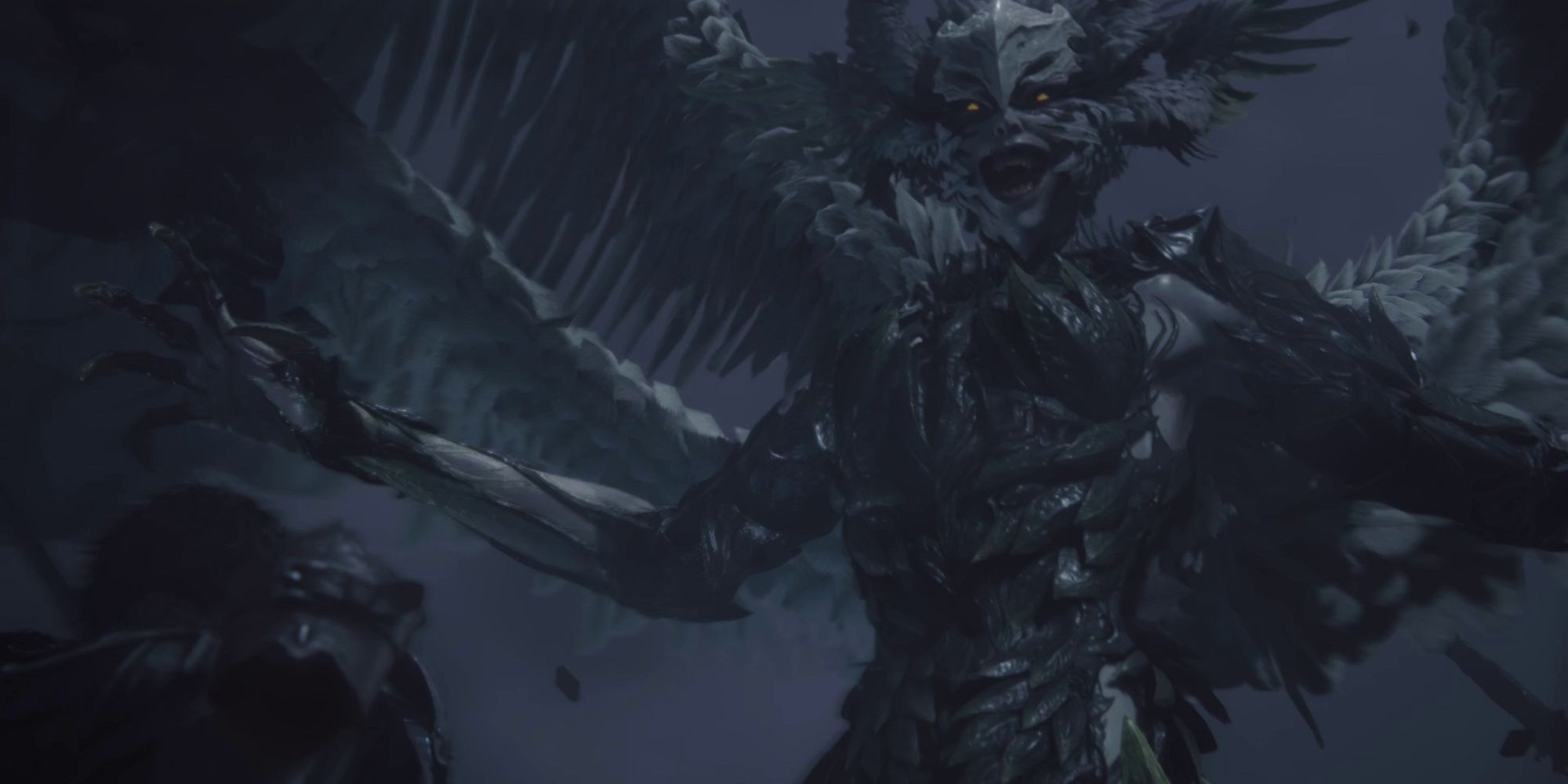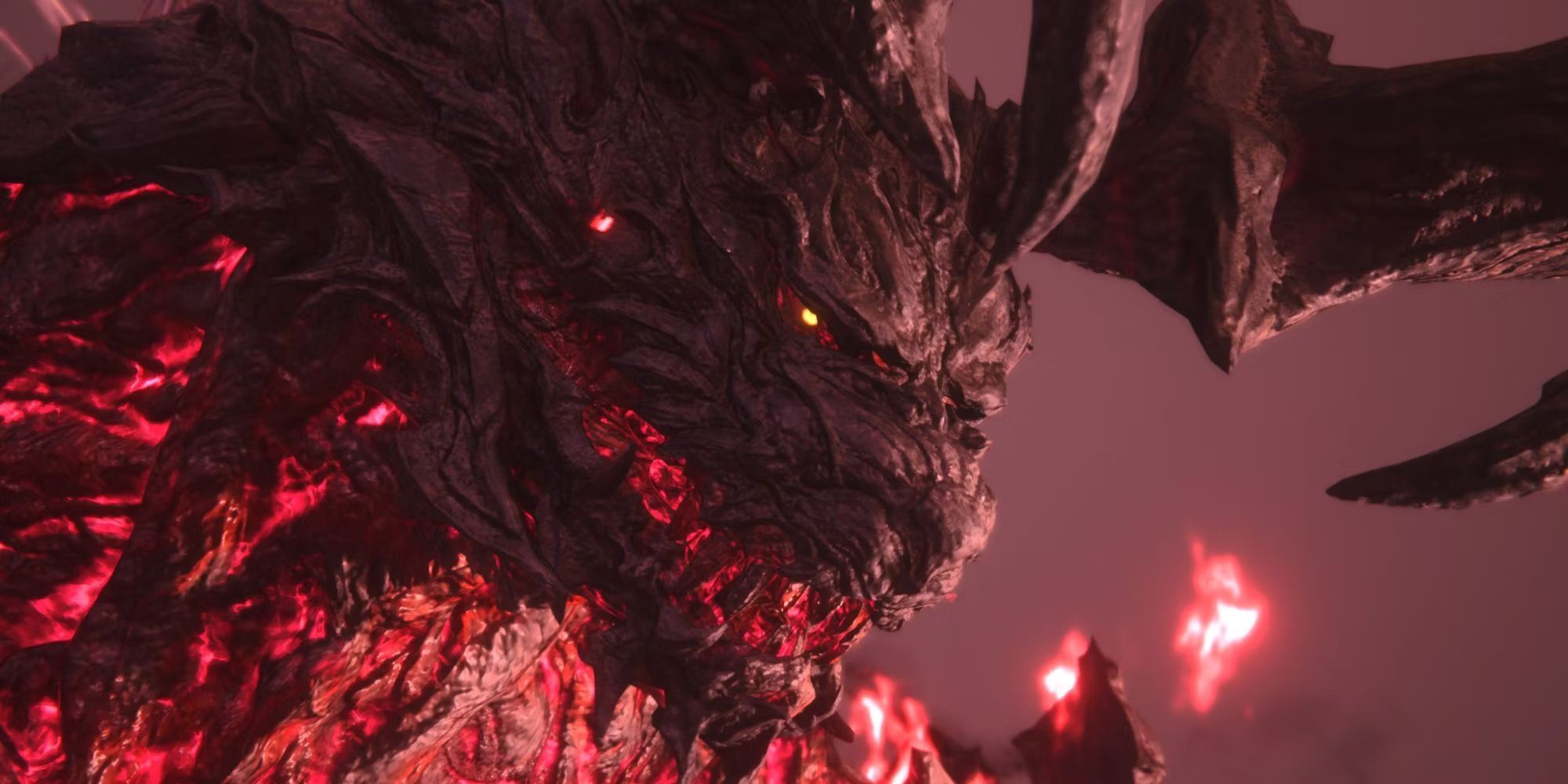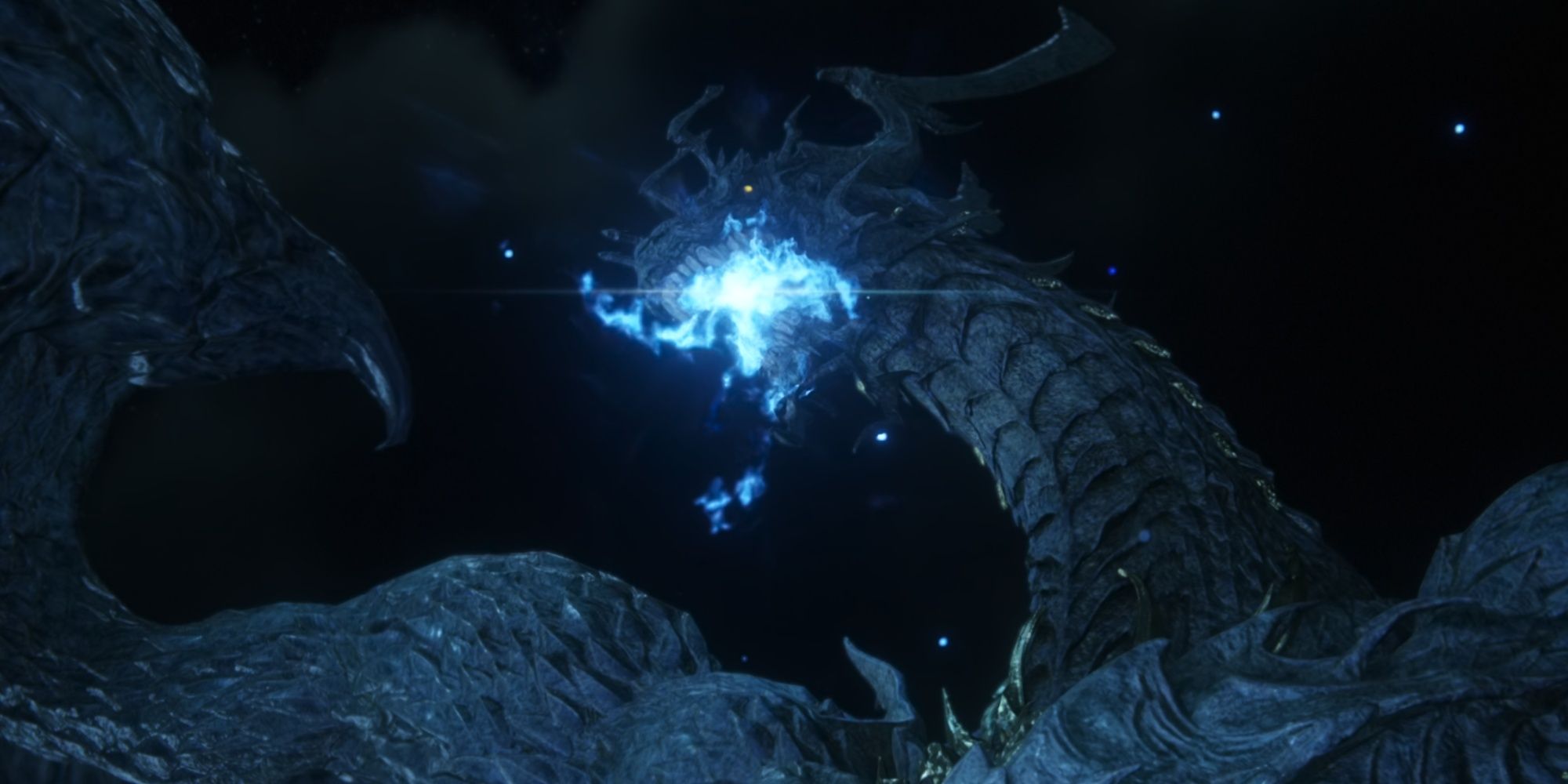Final Fantasy 16's Eikons stir up and ignite our imaginations. Not only have they been beautifully designed and assigned epic cutscenes that will remain fan favorites for a while, but they also draw inspiration from rich mythological lore.
While we can't be completely sure which creatures and deities they've been based on, we have some solid comparisons. Mythology offers plenty of examples that can be used as inspiration, so it's evident that this fantasy/adventure game is lush with hidden references.
Titan - Golem
The Eikon called Titan represents the aspect of Earth—no wonder he's made of stone and can make mountains move. There's a very clear similarity between Titan and the classic Golem in mythological lore. Golems are made completely out of stone and are made to come alive by magic or something else supernatural. Titan is an Eikon to behold in battle.
While Golems are usually much smaller than the colossal Titan from Final Fantasy 16, it's not too far out to assume that the creators drew some inspiration from this mythological creature. The Titan Eikon looks like a large-scale Golem with a lot more ferocity.
Shiva - Goddess of Ice & Snow "Chione"
Who could forget our beloved Shiva? She's the aspect of ice, hence her appearances and attacks. While Shiva has the appearance of a Norse Goddess and the name of an Indian God/Goddess, she reminds us more of the Greek Goddess Chione. Chione rules over winter, snow, and ice. The name "Chione" actually means snow in Greek.
Shiva could easily be mistaken as a Goddess on her own. If we were all unaware of the fact that she's a fictional character from a game, we could have mistaken her as an actual mythological figure in the real world.
Ramuh - Sky & Lightning God "Zeus"
Although Ramuh looks more like a crossover between Santa Claus and Poseidon, he is nonetheless the aspect of lightning. And as the master of lightning, it's only fair that he's most probably based on or drew inspiration from the Greek God Zeus directly.
He reminds us of Disney's version of Zeus because of the big fluff of a beard. Jokes aside, Ramuh's poised and powerful aura draws a direct parallel to a higher entity, and since Zeus is the God of Thunder and Lightning, this seems like a fair comparison.
Phoenix - Mythological Creature "Phoenix"
The Phoenix Eikon in Final Fantasy 16 is respectively the aspect of fire, and there was no better choice of a mythological creature than the actual legendary bird to represent this. It's astounding that almost any variation of this bird remains majestic and enchanting to see. And the developers of the game did not disappoint with the beautiful phoenix they crafted for gameplay.
The phoenix symbolizes many things but mostly pertains to spiritual elements. The meaning of its symbol represents rebirth since the bird reportedly becomes consumed by its flames, only to rise from its ashes again and again. How fitting the phoenix became a timeless symbol that the audience never tires of, no matter how many times it's reused.
Odin - God of War and Death "Odin"
Odin was named after the Norse Chief God of War and Death, among other elements. Odin in the game is the aspect of darkness, which adds a layer to the concept of his character and the connection he has with God.
We don't see it as coincidental either that Odin flies around with a dark horse in-game. The Odin from Norse mythology was said to lead a group of ghostly riders who would sweep across the night sky. They brought death and disaster with them. While the Norse Odin is a more nuanced God that doesn't only represent dark elements, the Odin in-game is blatantly a more evil variation of this God.
Garuda - Mythological Creature "Harpy"
Greek mythology states that harpies are 'wind spirits' and 'storm gusts.' We don't think it was random that Garuda is the aspect of wind and also heavily reminds us of a harpy. The developers must have drawn some type of inspiration to create her from the old mythological creature.
Harpies were commonly portrayed as evil. They were not known to be nice. Some depictions portray a creature that has bird wings and bird feet but a human torso and a human face. Some depictions describe a human body but with bird wings, a beak, and bird feet. Whatever the case is and whichever variation is more accurate, we see where Garuda's roots may have come from.
Ifrit - Mythological Fire Demon "Surtur"
It's quite perplexing that the makers of the game chose a demon-like and foe-like Eikon to represent Clive, our protagonist. Ifrit looks like the villain in any scenario, so much so that when he fights other Eikons, we sometimes forget he's not the villain but the protagonist.
That said, Ifrit seems to draw direct inspiration from the fire God and fire demon Surtur—another God from Norse mythology. Ifrit is a demon-like Eikon with a body made of fire. He is respectively another aspect of fire. Surtur is described as a demon whose body is made of fire or is in flames. Surtur is said to be the harbinger of doom and is considered evil for the most part. Ifrit fights the bad guys. This is the main difference between the two.
Bahamut - Mythological Creature "Dragon"
What would a fantasy world be without a dragon? Bahamut is one, and he is also the aspect of light. Bahamut is not only a dragon but is the King of Dragons. The name "Bahamut" alone has been constantly associated with magical and mythical creatures with immense power. In this case, naming the king of dragons after this old name was appropriate.
And while Bahamut draws direct inspiration from the mythological dragon, he's a cut above your standard dragon. Firstly, he is the Eikon of Dion Lesage, a prince. Secondly, his magic involves light instead of fire which is the typical dragon power. So, you've got yourself a fancy dragon when it comes to Bahamut.

